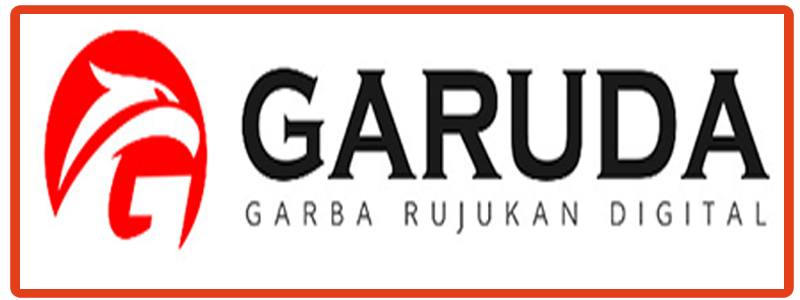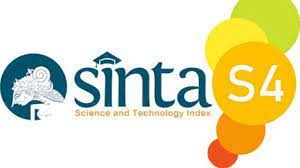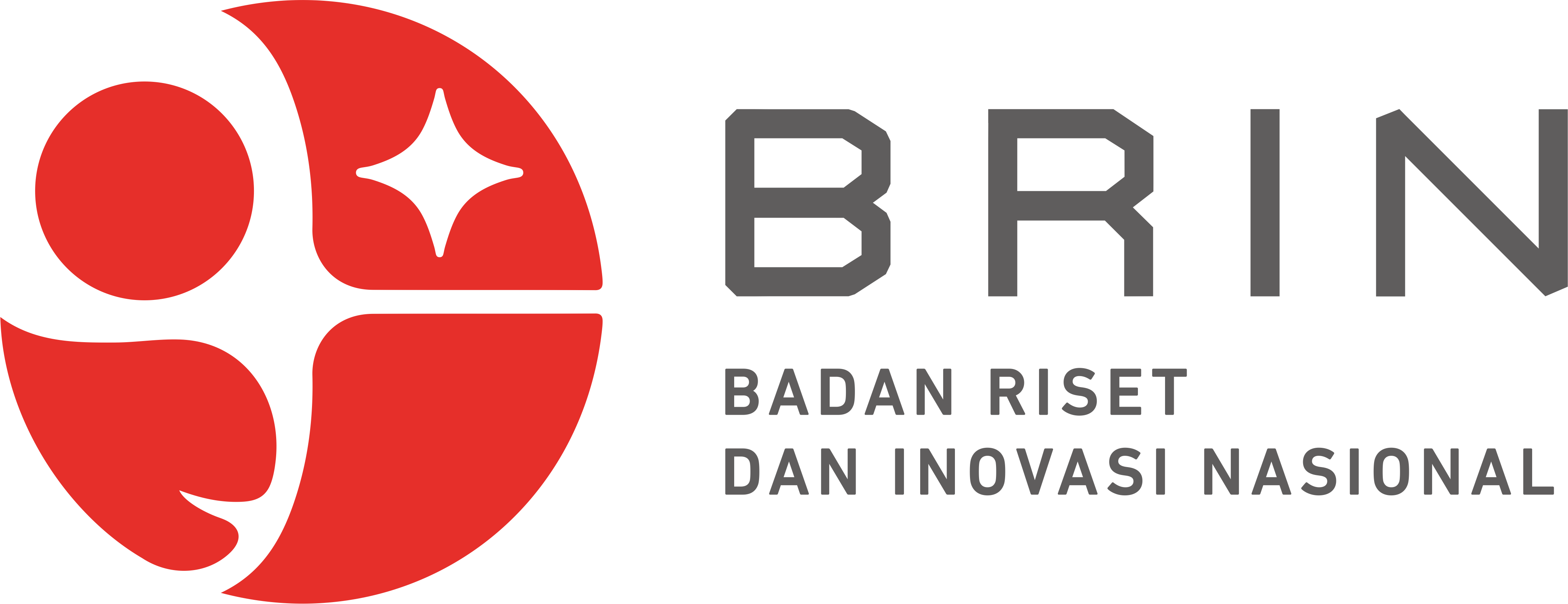KEPUASAN PENGGUNAAN GINGER PATCH DALAM UPAYA PENURUNAN NYERI PADA IBU BERSALIN KALA I
Abstract
Latar belakang: Nyeri persalinanmerupakan kondisi fisiologis, namun apabila tidak ditangani akan memicu pelepasan hormon ketokolamin yang dapat menyebabkan stress. Manajemen nyeri secara nonfarmakologi dengan menggunakan ginger patch dapat dilakukan untuk penurunan nyeri persalinan. Upaya penurunan nyeri tersebut dapat mempengaruhi persepsi ibu tentang persalinan dan kepuasan ibu. Tujuan penelitian ini untuk menganalisis kepuasan ibu bersalin dalam menggunakan ginger patch sebagai upaya penurunan nyeri pada kala I fase aktif persalinan. Metode: Penelitian ini menggunakan desain experimental study with control group. Penelitian dilaksanakan di 4 PMB Wilayah Kota Tasikmalaya. Teknik sampling menggunakan purposive sampling dengan jumlah sampel 40 ibu bersalin pada tiap kelompok. Subjek sesuai kriteria diberikan intervensi pada dengan menggunakan ginger patch selama kala I fase aktif persalinan, dipasang 1 kali pada titik di area atas simfisis pubis dan area lumbo sacralis selama 30 menit, sedangkan kelompok kontrol mendapatkan asuhan sesuai standar. Pengambilan data kepuasan ibu bersalin diukur saat 2 jam postpartum dengan menggunakan instrumen Pain Treatment Satisfaction Scale (PTSS). Hasil : Terdapat perbedaan kepuasan antara kelompok intervensi dan kelompok kontrol (p=0.000). Rata-rata skor kepuasan pada kelompok intervensi lebih tinggi (8.8) dibandingkan kelompok kontrol (6.9), terdapat perbedaan kepuasan. Kesimpulan: Ginger patch dapat meningkatkan kepuasan ibu bersalin dalam pengurangan nyeri persalinan
Full Text:
PDFReferences
Abo-romia, F. A., & El-adham, A. F. M. (2014). Effect of Warm Showering on Labor Pain During The First Stage of Labor. International Journal of Advanced Research, 2(5), 438–442. https://www.researchgate.net/publication/333973057_Effect_of_Warm_Showering_on_Labor_Pain_during_the_First_1st_Stage_of_Labor
Alleemudder, D. I., Kuponiyi, Y., Kuponiyi, C., McGlennan, A., Fountain, S., & Kasivisvanathan, R. (2015). Analgesia for labour: an evidence-based insight for the obstetrician. The Obstetrician & Gynaecologist, 17(3), 147–155. https://doi.org/10.1111/tog.12196
Anita, W. (2017). Techniques of Pain Reduction in the Normal Labor Process : Systematic Review. Jurnal Endurance, 2(3), 362. https://doi.org/10.22216/jen.v2i3.2357
Behmanesh, F., Pasha, H., & Zeinalzadeh, M. (2019). The effect of heat therapy on labor pain severity and delivery outcome in parturient women. Iranian Red Crescent Medical Journal, 11(2), 188–192. https://www.researchgate.net/publication/26595249_The_Effect_of_Heat_Therapy_on_Labor_Pain_Severity_and_Delivery_Outcome_in_Parturient_Women
Dahlan, F. M., Juneldi, N., & Azzahroh, P. (2020). Pengaruh Pemberian Minuman Jahe Merah Hangat Terhadap Nyeri Persalinan Kala I di Rumah Sakit Kota Jayapura Tahun 2020. Journal for Quality in Women’s Health, 3(2), 247–252. https://doi.org/10.30994/jqwh.v3i2.86
Einion, A. (2018). Cochrane corner: Relaxation techniques for pain management in labour. Practising Midwife, 21(6), 25–29. https://doi.org/10.55975/xkqp2553
Ganji, Z., Shirvani, M., Rezaei-Abhari, F., & Danesh, M. (2013). No Title. Iranian journal of nursing and midwifery research, 18(4), 298–303. https://pubmed.ncbi.nlm.nih.gov/24403926/
Gayeski, M. E., Brüggemann, O. M., Monticelli, M., & dos Santos, E. K. A. (2015). Application of Nonpharmacologic Methods to Relieve Pain during Labor: The Point of View of Primiparous Women. Pain Management Nursing, 16(3), 273–284. https://doi.org/10.1016/j.pmn.2014.08.006
Ilmiah, W.S. (2020). Buku Ajar Asuhan Persalinan Normal. Jakarta: Nuha Medika
Karkal, Eshwanth Rao, S. K. and H. A. (2017). Effectiveness of Music Therapy in Reducing Pain and Anxiety among Primigravid Women during Active Phase of First Stage of Labor. International Journal of Nursing Education, 9, 57–60. https://www.indianjournals.com/ijor.aspx?target=ijor:ijone&volume=9&issue=2&article=011
Lee, S. L., Liu, C. Y., Lu, Y. Y., & Gau, M. L. (2013). Efficacy of Warm Showers on Labor Pain and Birth Experiences During the First Labor Stage. JOGNN - Journal of Obstetric, Gynecologic, and Neonatal Nursing, 42(1), 19–28. https://doi.org/10.1111/j.1552-6909.2012.01424.x
Mortazavi, S. H., Khaki, S., Moradi, R., Heidari, K., & Vasegh Rahimparvar, S. F. (2015). Effects of massage therapy and presence of attendant on pain, anxiety and satisfaction during labor. Archives of Gynecology and Obstetrics, 286(1), 19–23. https://doi.org/10.1007/s00404-012-2227-4
Purnamasari, W. M., Rohmatin, E., & Gustini, S. (2021). Penggunaan Ginger Patch Dalam Upaya Reduksi Nyeri Persalinan.
Suthisuntornwong, C., & Tangsiriwatthana, T. (2022). Hot Patch Applied to the Lower Back for Pain Relief during the Active Phase of the First-stage Labor: A randomized controlled trial. Thai Journal of Obstetrics and Gynaecology, 30(2), 109–119. https://doi.org/10.14456/tjog.2022.14
Taavoni, S., Abdolahian, S., & Haghani, H. (2013). Effect of sacrum-perineum heat therapy on active phase labor pain and client satisfaction: A randomized, controlled trial study. Pain Medicine (United States), 14(9), 1301–1306. https://doi.org/10.1111/pme.12161
Unalmis Erdogan, S., Yanikkerem, E., & Goker, A. (2017). Effects of low back massage on perceived birth pain and satisfaction. Complementary Therapies in Clinical Practice, 28, 169–175. https://doi.org/10.1016/j.ctcp.2017.05.016
Wilson, P. B. (2015). Ginger (Zingiber officinale) as an analgesic and ergogenic aid in sport: A systemic review. Journal of Strength and Conditioning Research, 29(10), 2980–2995. https://doi.org/10.1519/JSC.0000000000001098
World Health Organization. (2018). Intrapartum care for a positive childbirth experience. http://apps.who.int/iris/bitstream/10665/260178/1/9789241550215-eng.pdf?ua=1%0Ahttp://www.who.int/reproductivehealth/publications/intrapartum-care-guidelines/en/
DOI: https://doi.org/10.30602/jkk.v11i1.1242
Article Metrics
Refbacks
- There are currently no refbacks.

This work is licensed under a Creative Commons Attribution-ShareAlike 4.0 International License.

_.jpg)












